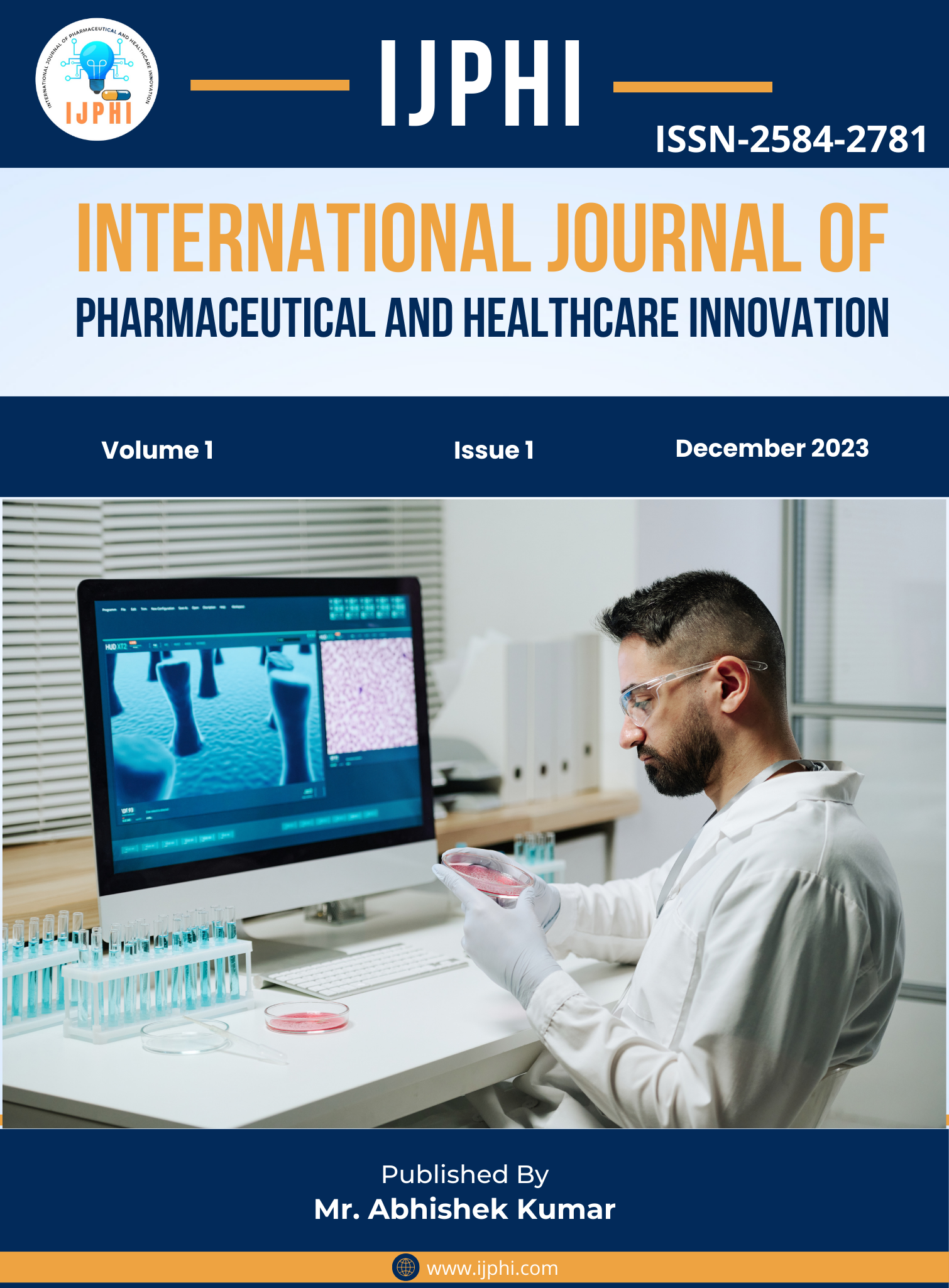Recent Updates in chemistry of quinoline analogs as potential antimalarial agent with utilization of Chem3D software
DOI:
https://doi.org/10.62752/4x9jbn28Abstract
Plasmodium parasites, which cause the fever sickness known as malaria, are passed from infected female Anopheles mosquitoes to people through mosquito bites. Several parasite species, including P. vivax, P. falciparum, P. malaria, P. ovale, and P. knowlesi, are liable for human malaria. P. falciparum and P. vivax are the two most hazardous strains. The most pervasive and lethal malaria parasite on the continent of Africa is P. falciparum. In most nations outside of Sub-Saharan Africa, P. vivax is the most prevalent malaria parasite. The earliest symptoms of malaria, including fever, headaches, and chills, appear 10 to 15 days after an infected mosquito bite. These symptoms might be mild and difficult to identify from other infections. If untreated, P. falciparum malaria can progress to severe illness and death in less than 24 hours. By 2020, malaria will impact over half of the world's population. People with low immunity moving to regions with high malaria transmission, such as migrant workers, mobile populations, and travelers, are at a significantly higher risk of contracting malaria and developing severe disease. These individuals also include infants, young children, pregnant women, HIV/AIDS patients, and others. In this review we have utilized Chem3D software to visualized the 3D structure of Quinoline ring with its electronic structure which have provided numerous information regarding the stability of the quinoline scaffold. Additionally, we studied different marketed drug using this software and found its IC50 value against the several strains of the malaria causing agent. And we provided whole statistics regarding the severity of strain and better activity of the drug against the strain which will be helpful for the scientists to find out the better treatment for the malaria. We place these findings in an chronological context and suggested new options for identifying pharmacological targets and transmission-blocking techniques.

Downloads
Published
Issue
Section
License

This work is licensed under a Creative Commons Attribution-NonCommercial 4.0 International License.










